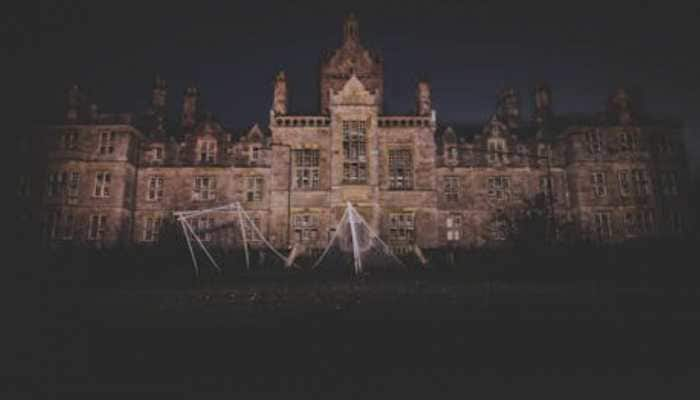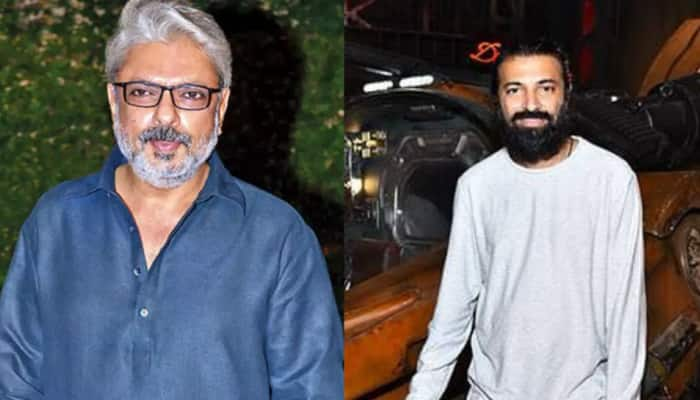Cold fusion is real, claim scientists
Cold fusion, a revolutionary source of energy -- discovered 25 years ago but was cold-shouldered by mainstream physicists -- is now staging a comeback thanks to researchers who doggedly pursued the science behind it.
Trending Photos
)
Bengaluru: Cold fusion, a revolutionary source of energy -- discovered 25 years ago but was cold-shouldered by mainstream physicists -- is now staging a comeback thanks to researchers who doggedly pursued the science behind it.
In a set of 34 peer-reviewed articles published recently in the journal "Current Science", nuclear scientists from a dozen nations including India, the US, China, Japan and France report that cold fusion was real and should be taken seriously.
"The goal of the set of papers is to place before the scientific community the latest findings of stalwarts working in this area," said Mahadeva Srinivasan, who co-edited the journal's special section on Low Energy Nuclear Reaction (LENR), the other name for cold fusion, along with US scientist A. Meulenberg of the Science for Humanity Trust in Georgia.
"What comes out of this review is that the phenomenon of LENR is real and by all accounts appears to have the potential for practical applications in the not-too-distant future," Srinivasan, a retired physicist of the Bhabha Atomic Research Centre (BARC) in Mumbai who was credited with the design of Purnima, precursor to India's fast reactor, told IANS.
Srinivasan, along with the late P.K. Iyengar, had pioneered cold fusion research at BARC before it was terminated in 1992.
Nuclear fusion is a process that powers the Sun and forms the basis of the hydrogen bomb. It occurs under conditions of extreme temperature and pressure in which hydrogen (or its heavier cousins deuterium and tritium) nuclei fuse to release energy.
In 1989, Martin Fleischmann and Stanley Pons, chemistry professors from the University of Utah in the US, startled the world with their claim of having achieved fusion in a table top experiment.
They announced that the anomalous excess heat they observed while performing electrolysis of "heavy water" (water containing deuterium instead of hydrogen) with a palladium cathode was due to fusion of deuterium nuclei packed into the palladium's molecular lattice in such a way for fusion to take place.
This claimed discovery of fusion at room temperature dubbed 'cold fusion' attracted worldwide attention due to its apparent potential to become a cheap and abundant source of energy.
But the physics community quickly denounced the claims as utter nonsense as fusion reaction at room temperature defied contemporary understanding of nuclear physics.
These early criticisms of cold fusion "were premature and adverse", Michael McKubre of SRI International in California and one of the strong believers of cold fusion says in his report.
"More than sufficient evidence now proves that low energy nuclear reactions occur," says Meulenberg.
"It is to be hoped that with the new knowledge obtained over the last 25 years, more physicists and chemists (and biologists) will recognize something real here and will look for ways of applying their specialties to the expanding field," he added.
"We have direct evidence that the effect is real and is nuclear in nature," US physicist Abdul-Rahman Lomax of the Infusion Institute in Massachusetts says in his report.
"It is time that serious work is funded to study the conditions of cold fusion and other correlated effects, gathering the evidence needed to understand it."
According to another report in the journal, the famed Massachusetts Institute of Technology in the US has been offering for the last three years an optional introductory cold fusion course for its students.
Srinivasan said the continued assertion that cold fusion is unproven is not justified any more.
"This discovery is too important to be neglected, and LENR research deserves the support of government funding agencies, scientific academies and also the private sector."
He said an industrial-grade Nickel-Hydrogen LENR reactor invented by Italian scientist Andrea Rossi was already working and two private companies were in the race to bring out their own models before 2020.
Srinivasan said the traditional reactors based on fission process with associated problems of waste disposal, decommissioning and radiation release had no future.
"It is just a matter four or five years for energy sources based on cold fusion to be commercially available."
The absence of neutrons and gamma rays in cold fusion makes it a clean form of nuclear energy without the accompaniment of radiation, he said.
"Experimental evidence shows that LENR can have very large energy gains, but the engineering of commercial prototypes is still relatively crude," says David Nagel of the George Washington University in the US.
"Whatever the commercial timescale, LENR energy promises major benefits for human kind in future decades and beyond."
Stay informed on all the latest news, real-time breaking news updates, and follow all the important headlines in india news and world News on Zee News.
Live Tv







)
)
)
)
)
)
)
)
)
)
